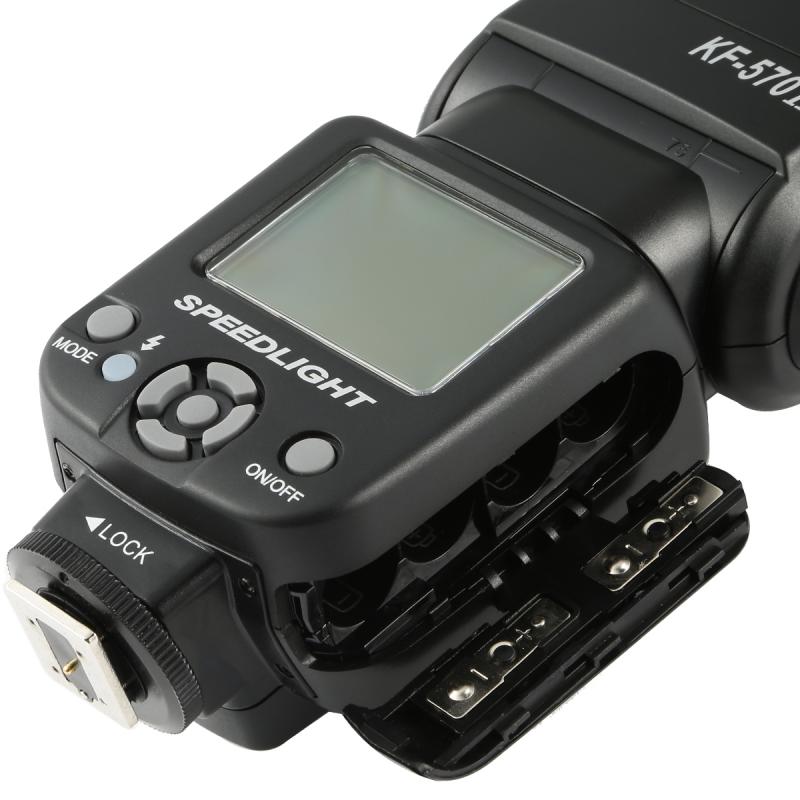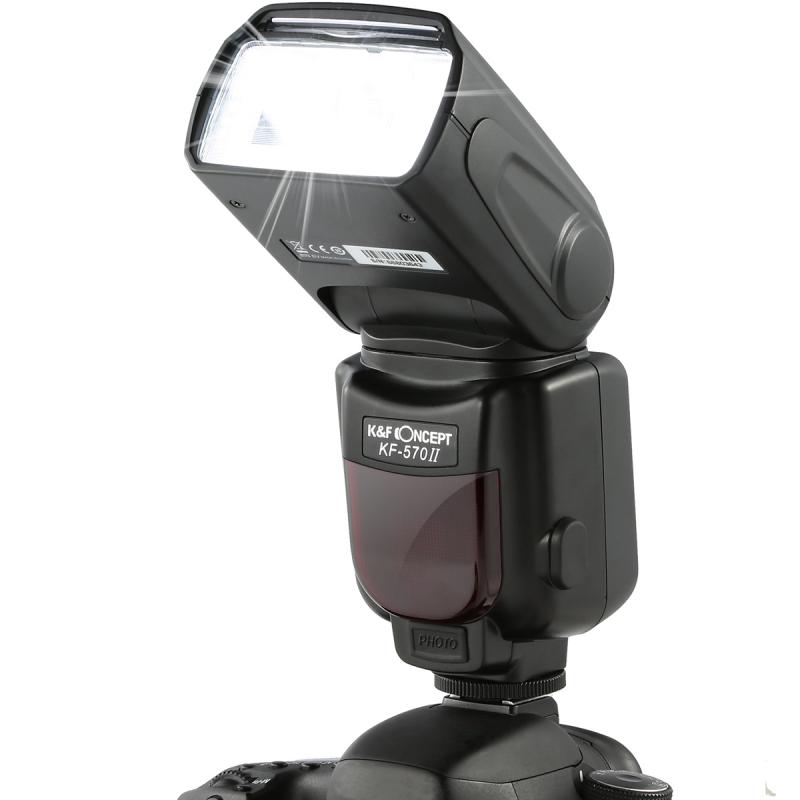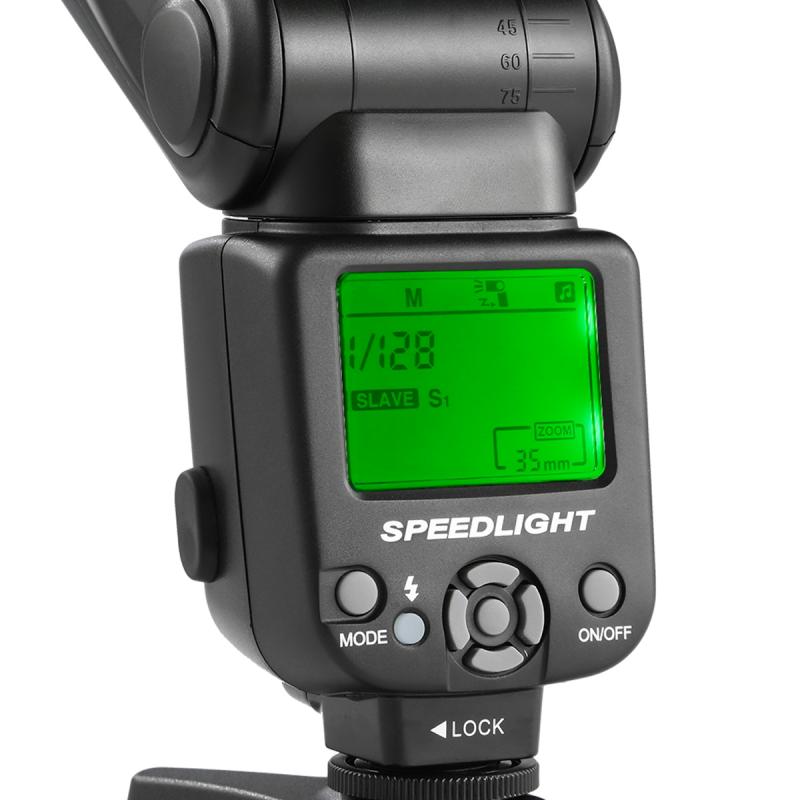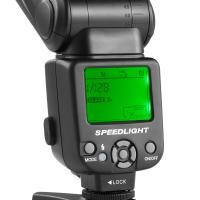Can A Camera Flash Blind You?
The potential for a camera flash to cause blindness is a topic that has garnered significant attention, especially with the ubiquity of smartphones and digital cameras. This article aims to delve into the science behind camera flashes, their potential effects on the human eye, and practical advice for mitigating any risks associated with their use.
Understanding Camera Flashes

Camera flashes are designed to provide a burst of light that illuminates a scene, allowing for better image capture in low-light conditions. The light emitted from a camera flash is typically very bright but lasts for only a fraction of a second. This brief duration is crucial in understanding the potential impact on the human eye.
The Anatomy of the Human Eye

To comprehend how a camera flash might affect vision, it's essential to understand the basic anatomy of the eye. The eye consists of several parts, including the cornea, lens, retina, and optic nerve. The retina, located at the back of the eye, is responsible for capturing light and converting it into neural signals that the brain interprets as images.
The Science of Light Exposure

Light exposure is measured in units called lux. The intensity of light from a camera flash can range from 1,000 to 10,000 lux, depending on the device. For comparison, direct sunlight can reach up to 100,000 lux. The retina can handle brief exposures to high-intensity light without sustaining damage, but prolonged exposure can be harmful.
Can a Camera Flash Cause Blindness?

The short answer is that it is highly unlikely for a camera flash to cause permanent blindness. The duration of the flash is so brief that it does not provide enough sustained light to cause lasting damage to the retina. However, there are some caveats to consider:
1. Temporary Blindness: A camera flash can cause temporary blindness or "flash blindness," where the subject experiences a temporary loss of vision or spots in their vision. This is similar to the effect of looking at a bright light and then looking away, where an afterimage lingers for a few moments.
2. Pre-existing Conditions: Individuals with pre-existing eye conditions, such as macular degeneration or diabetic retinopathy, may be more susceptible to damage from bright lights, including camera flashes.
3. Infants and Young Children: The eyes of infants and young children are more sensitive to light. While a single flash is unlikely to cause harm, repeated exposure should be avoided.
Scientific Studies and Expert Opinions
Several studies have investigated the impact of camera flashes on the human eye. A study published in the British Journal of Ophthalmology found that while camera flashes can cause temporary discomfort and afterimages, they do not cause permanent damage to the retina. Another study in the Journal of the American Medical Association (JAMA) concluded that the risk of retinal damage from camera flashes is minimal, even in infants.
Experts in ophthalmology generally agree that the risk of permanent eye damage from a camera flash is extremely low. Dr. David Granet, a pediatric ophthalmologist, states that "the intensity and duration of a camera flash are not sufficient to cause permanent damage to the retina."
Practical Advice for Camera Flash Use
While the risk of permanent damage is low, it's still wise to exercise caution when using camera flashes, especially around sensitive individuals like infants and those with pre-existing eye conditions. Here are some practical tips:
1. Maintain Distance: Keep a reasonable distance between the camera and the subject. A distance of at least one meter (about three feet) is generally considered safe.
2. Limit Exposure: Avoid taking multiple flash photos in quick succession, especially in low-light environments where the pupils are dilated.
3. Use Natural Light: Whenever possible, opt for natural light or ambient lighting instead of relying on the camera flash.
4. Adjust Flash Settings: Many modern cameras and smartphones allow you to adjust the intensity of the flash. Use the lowest effective setting to minimize potential discomfort.
5. Protect Sensitive Eyes: Be extra cautious when photographing infants, young children, or individuals with known eye conditions. Consider using alternative lighting methods or avoiding flash photography altogether.
In summary, while a camera flash can cause temporary visual disturbances, the likelihood of it causing permanent blindness is extremely low. Understanding the science behind light exposure and the anatomy of the eye helps to clarify why this is the case. By following practical guidelines for safe camera flash use, you can minimize any potential risks and continue to capture beautiful moments without worry.
The topic of camera flashes and their impact on vision is a fascinating intersection of technology and human biology. As we continue to advance in both fields, ongoing research and expert insights will further illuminate the nuances of this subject, ensuring that we can enjoy the benefits of photography without compromising our eye health.



































